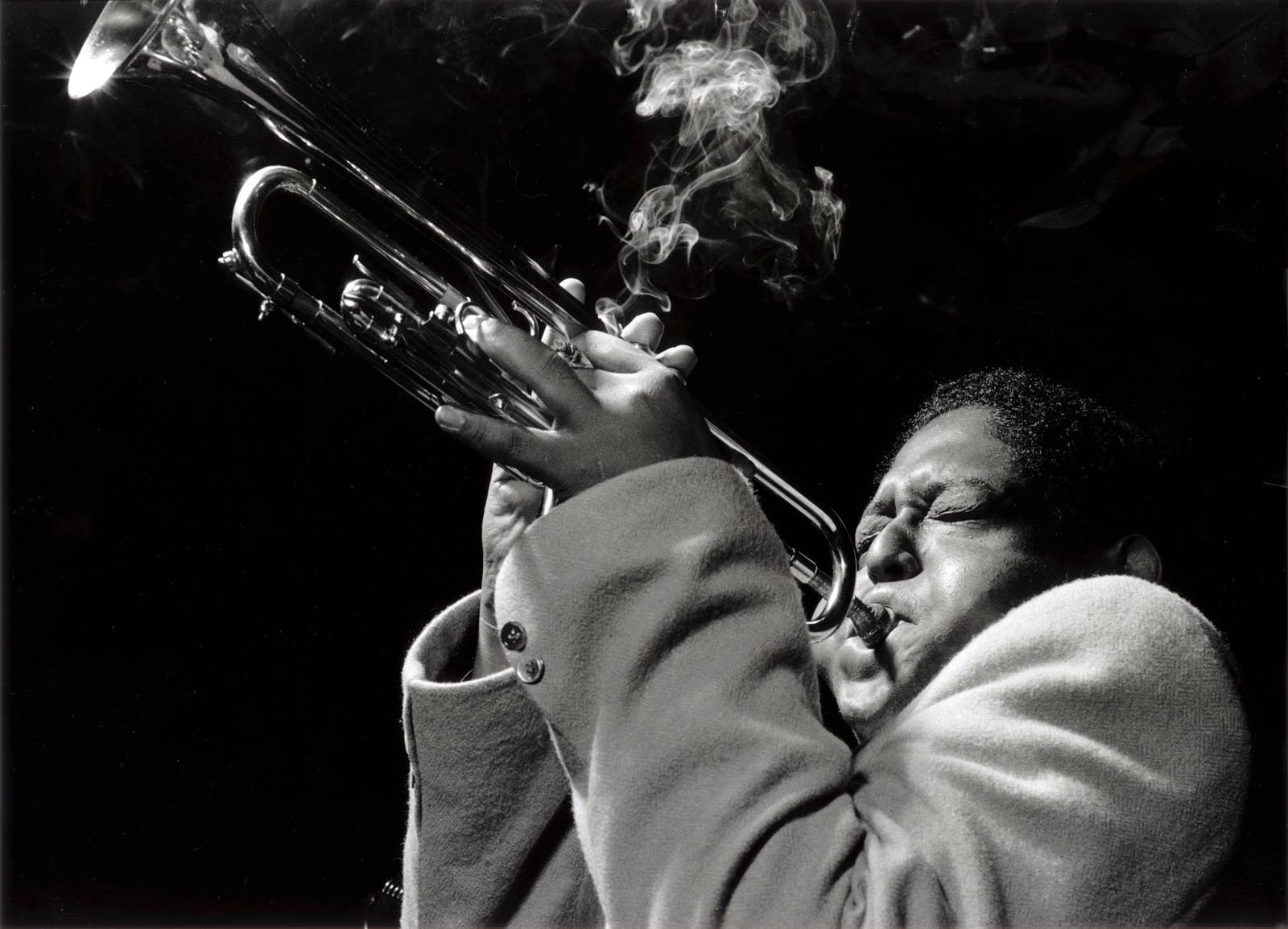Origins and Cultural Roots
Jazz originated in the early 20th century in New Orleans, Louisiana, from a blend of African, European, and Caribbean musical traditions. The African American community played a major role in its development, drawing from blues, ragtime, and brass band music, as well as African rhythms. Early jazz incorporated the use of syncopated rhythms and call-and-response patterns, which are deeply rooted in African musical traditions.
Additionally, the cultural diversity of New Orleans, with its blend of French, Spanish, African, and Creole influences, shaped jazz's distinct sound.
- Birthplace: Jazz originated in New Orleans in the early 20th century.
- African American Influence: The African American community was central to the development of jazz.
- African Rhythms: Jazz draws from African rhythmic patterns, such as syncopation and polyrhythms.
- Brass Bands: New Orleans brass bands introduced instruments like trumpets and trombones to jazz.
Improvisation is one of the defining characteristics of jazz. Unlike most classical music, which follows strict written compositions, jazz musicians often improvise during performances. This allows them to express personal emotion, experiment with harmony, and engage in a dynamic, spontaneous interaction with other musicians.
The structure of jazz allows for flexibility, where musicians can deviate from the written melody or harmony, creating fresh variations on the spot. The art of improvisation is central to jazz's appeal and its ability to sound different each time it is performed.
- Spontaneous Creation: Jazz often involves impromptu solos and interactions during performances.
- Freedom: Musicians can deviate from written melodies and explore personal expression.
- Personal Expression: Improvisation allows musicians to convey emotions and experiences through music.
- Call-and-Response: A musical conversation between instruments, common in African music and adapted in jazz.
Several musicians have played pivotal roles in shaping jazz music.
Some of the most influential jazz legends include:
- Louis Armstrong: A trumpet virtuoso and vocalist, Armstrong is often credited with transforming jazz from a group-based folk music into a soloist's art form.
- Duke Ellington: A bandleader and composer, Ellington elevated jazz to the status of sophisticated orchestral music. His compositions, like Mood Indigo and Take the A Train, are iconic.
- Charlie Parker: An alto saxophonist and a leading figure in the development of bebop, a complex and fast-paced style of jazz that emerged in the 1940s.
- Miles Davis: A trumpeter who helped shape several jazz styles, including bebop, modal jazz, and jazz fusion, Davis is known for albums like Kind of Blue and Bitches Brew.
- John Coltrane: A saxophonist whose work in modal jazz and later avant-garde jazz changed the way jazz was played and listened to.
Jazz music has evolved into various distinct styles, each contributing to the genre's richness:
- Dixieland: One of the earliest forms of jazz, characterized by collective improvisation and a lively, upbeat rhythm.
- Swing: Popular in the 1930s and 1940s, swing jazz features big bands and a rhythmic feel that emphasizes the second and fourth beats of each measure, making it perfect for dancing.
- Bebop: A fast-paced and complex style of jazz that emerged in the 1940s. Musicians like Charlie Parker and Dizzy Gillespie are key figures, and the focus was on intricate melodies, extended harmonies, and fast improvisation.
- Free Jazz: An avant-garde style that emerged in the 1960s, characterized by a lack of fixed structure or traditional harmony, with musicians like Ornette Coleman leading the way.
Jazz has had a profound global influence, with its spread reaching nearly every corner of the world. Musicians from diverse cultures have integrated jazz into their own traditions, creating hybrid styles that reflect local influences:
- Latin Jazz: Combines jazz improvisation with rhythms from Latin American music, especially Cuban and Brazilian influences, as heard in the works of artists like Tito Puente and João Gilberto.
- European Jazz: In places like France, Italy, and Germany, jazz became an important part of the musical landscape, often merging with classical and folk traditions.
- Japanese Jazz: Since the 1920s, Japan has embraced jazz, with Japanese musicians developing a distinctive style while maintaining a connection to traditional American jazz.
- African Jazz: African musicians have blended jazz with indigenous rhythms and instruments, contributing to the development of Afrobeat and other jazz-infused genres.



